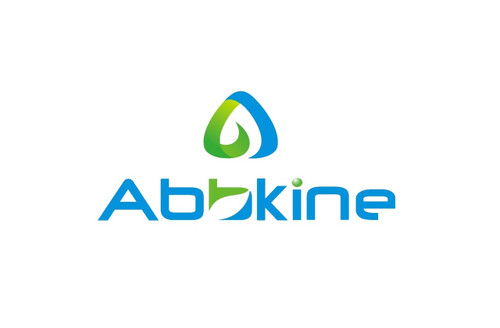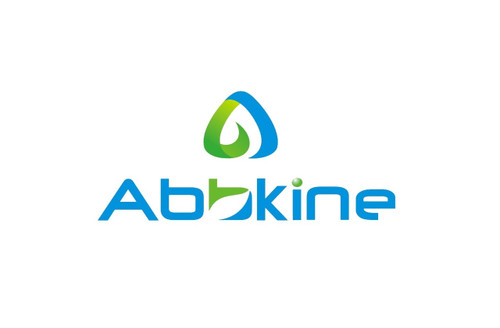Product Description
Mouse Sulfite oxidase, mitochondrial (SUOX) ELISA Kit | AE15932MO | Abebio
Species Reactivity: Mouse (Mus musculus)
Abbreviation: SUOX
Alternative Name: N/A
Application: ELISA
Range: 0.156-10 ng/mL
Sensitivity: 0.058 ng/mL
Intra-Assay: ≤5.9%
Inter-Assay: ≤7.5%
Recovery: 0, 89
Sample Type: Serum, Plasma, Other biological fluids
Detection Method: Sandwich
Analysis Method : Quantitive
Test Principale: This assay employs a two-site sandwich ELISA to quantitate SUOX in samples. An antibody specific for SUOX has been pre-coated onto a microplate. Standards and samples are pipetted into the wells and anySUOX present is bound by the immobilized antibody. After removing any unbound substances, a biotin-conjugated antibody specific for SUOX is added to the wells. After washing, Streptavidin conjugated Horseradish Peroxidase (HRP) is added to the wells. Following a wash to remove any unbound avidin-enzyme reagent, a substrate solution is added to the wells and color develops in proportion to the amount of SUOX bound in the initial step. The color development is stopped and the intensity of the color is measured.
Product Overview: Sulfite oxidase (EC 1.8.3.1) is an enzyme in the mitochondria of all eukaryotes. It oxidizes sulfite to sulfate and, via cytochrome c, transfers the electrons produced to the electron transport chain, allowing generation of ATP in oxidative phosphorylation. This is the last step in the metabolism of sulfur-containing compounds and the sulfate is excreted. Sulfite oxidase is a metallo-enzyme that utilizes a molybdopterin cofactor and a heme group. It is one of the cytochromes b5 and belongs to the enzyme super-family of oxotransferases that also includes DMSO reductase, xanthine oxidase, and nitrite reductase.In mammals, the expression levels of sulfite oxidase is high in the liver, kidney, and heart, and very low in spleen, brain, skeletal muscle, and blood.
Stability: The stability of ELISA kit is determined by the loss rate of activity. The loss rate of this kit is less than 5% within the expiration date under appropriate storage condition. The loss rate was determined by accelerated thermal degradation test. Keep the kit at 37°C for 4 and 7 days, and compare O.D.values of the kit kept at 37°C with that of at recommended temperature. (referring from China Biological Products Standard, which was calculated by the Arrhenius equation. For ELISA kit, 4 days storage at 37°C can be considered as 6 months at 2 - 8°C, which means 7 days at 37°C equaling 12 months at 2 - 8°C) .
 Euro
Euro
 USD
USD
 British Pound
British Pound
 NULL
NULL








